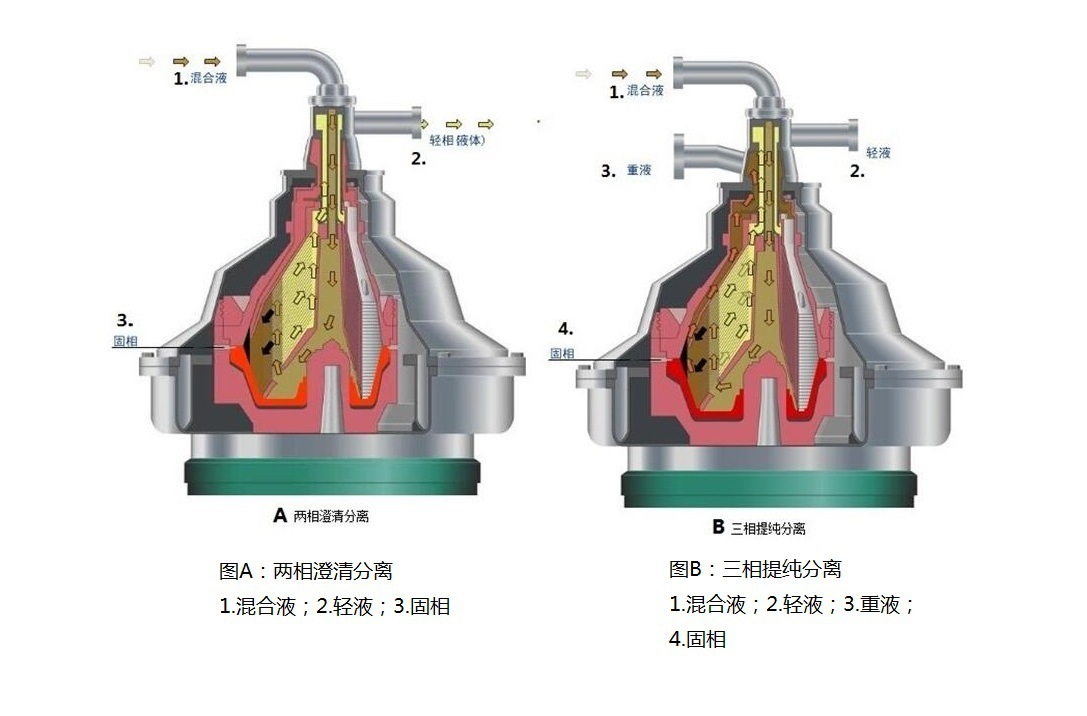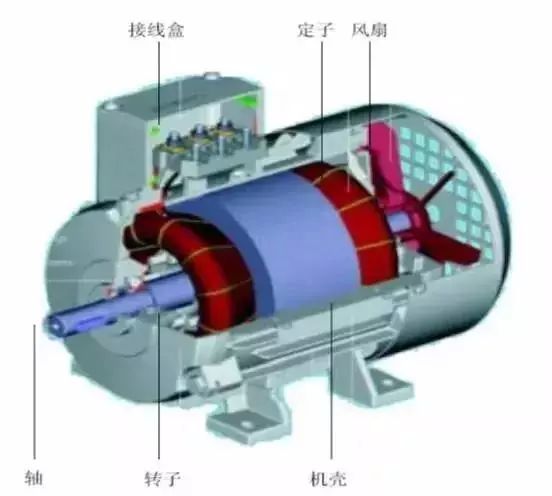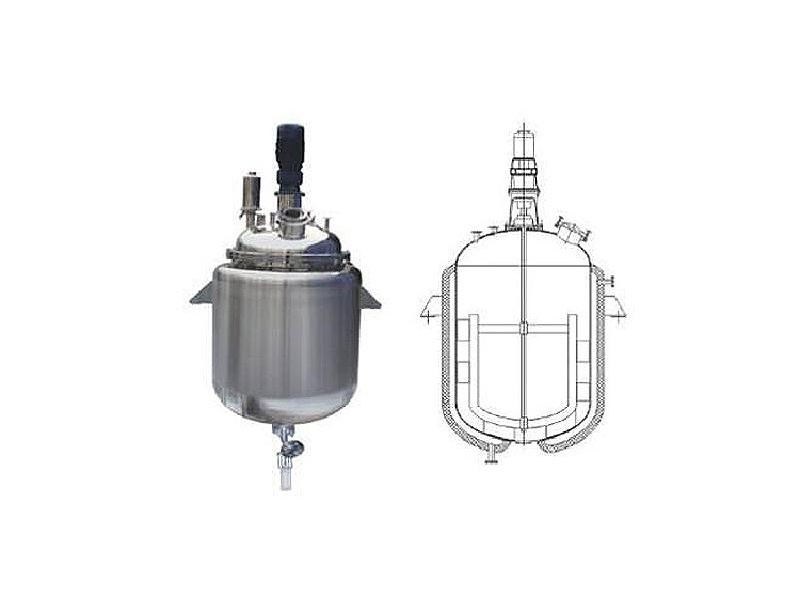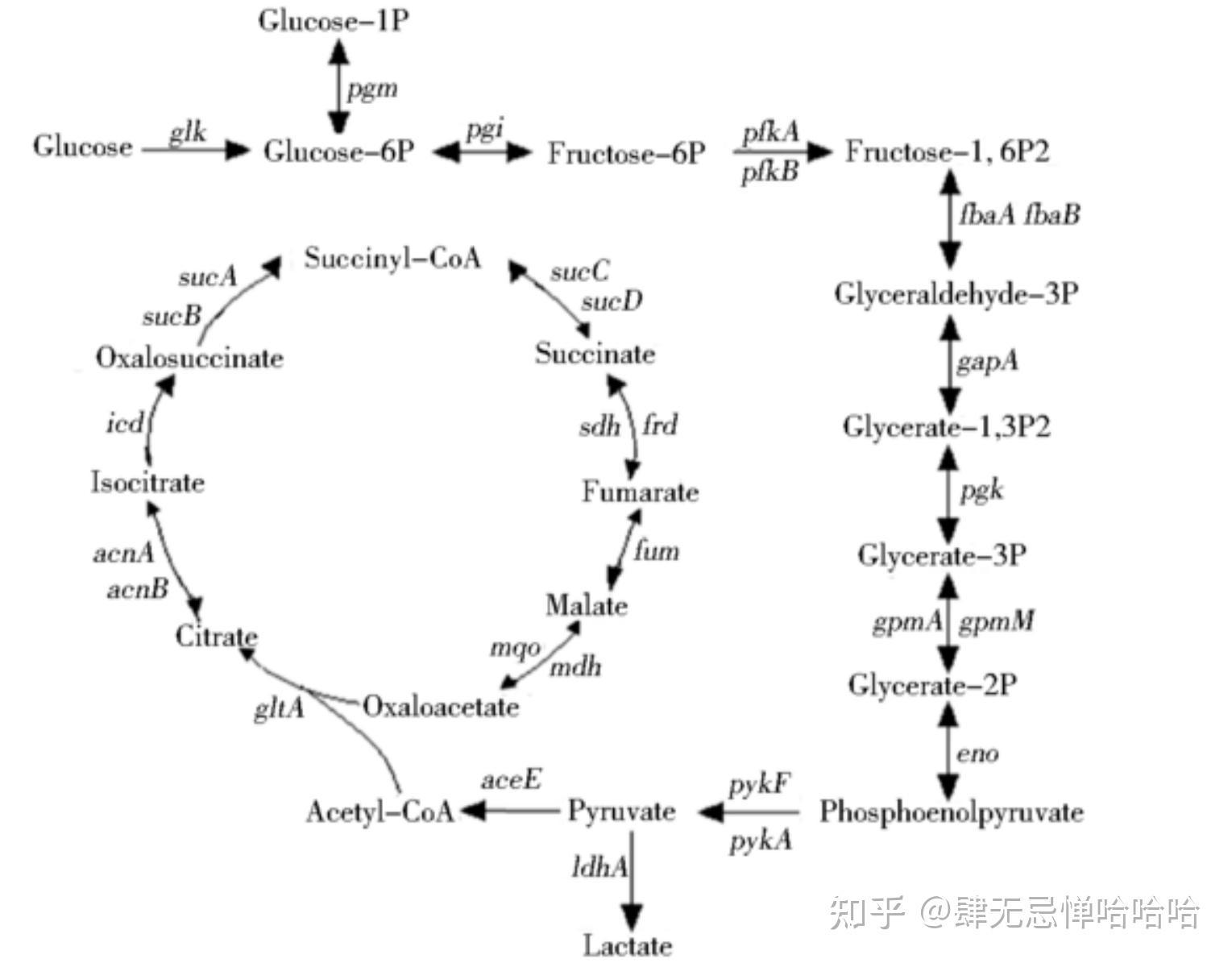16
2025
-
04
Introduction to the tricarboxylic acid cycle
The tricarboxylic acid cycle (TCA cycle, also known as the citric acid cycle or Krebs cycle) is an important metabolic pathway in the organism, which is mainly responsible for the complete oxidation and decomposition of carbohydrates, fats and proteins in Acetyl-CoA (acetyl-CoA) and it shall generate carbon dioxide (CO2) and water (H2O), while releasing energy. It produces ATP, NADH, and FADH2.
1. Overview
The tricarboxylic acid cycle is the core process of aerobic metabolism and occurs in the mitochondria of cells. It is not only involved in the production of energy, but also provides intermediates for other metabolic pathways, and is the intersection of sugar metabolism, fat metabolism and amino acid metabolism.
2. Main steps
The tricarboxylic acid cycle consists of a series of enzymatic reactions with the following steps:
A. Production of citric acid: Acetyl-coA combines with oxaloacetic acid to produce citric acid.
B. Isomerization of citric acid: citric acid shall be converted to isocitric acid.
C. Oxidation of isocitric acid: isocitric acid is oxidized to alpha-ketoglutaric acid, releasing a carbon dioxide molecule and generating NADH at the same time.
D. Decarboxylation of α-ketoglutaric acid: α-ketoglutaric acid is oxidized to succinyl-Coenzyme A, which releases a carbon dioxide molecule and at the same time produces NADH.
E. Conversion of succinyl-Coenzyme A: Succinyl-Coenzyme A is converted to succinic acid, and GTP (guanosine triphosphate) or ATP is generated.
F. Oxidation of succinic acid: succinic acid is oxidized to fumaric acid, resulting in FADH.
G. Fumaric acid hydration: fumaric acid hydration into malic acid.
H. Oxidation of malic acid: malic acid is oxidized to oxaloacetic acid and NADH.
3. Characteristics
A. Aerobic process: The tricarboxylic acid cycle requires the participation of oxygen, due to the NADH and FADH2 need to transfer electrons to oxygen through the electron transport chain.
B. Efficient energy production: Each molecule of acetyl-CoA can generate 3 molecules of NADH, 1 molecule of FADH2 and 1 molecule of GTP (or ATP) through the tricarboxylic acid cycle, and these molecules further produce A large amount of ATP in the electron transport chain.
C. Cycle properties: The tricarboxylic acid cycle is a closed cycle process, oxaloacetic acid as the starting material and the end product, which shall ensure the continuation of the cycle.
D. The importance of intermediates: intermediates of the tricarboxylic acid cycle (such as α-ketoglutaric acid, succinic acid, etc.) shall participate in other metabolic pathways, such as the synthesis of non-essential amino acids, fatty acids, etc.
5. Summary
The tricarboxylic acid cycle is the core of the energy metabolism in the organism. Through a series of enzymatic reactions, acetyl-CoA is completely oxidized to release energy and generate ATP, NADH and FADH2. It not only provides energy for cells, but also provides important intermediates for other metabolic pathways.
Related News
Release time: 2025-04-27
Release time: 2025-04-24
Release time: 2025-04-16

Tel: +86-18663389867

E-mail: dqm@acme-china.com

Address: Room 8006, Excellence Financial Plaza, 215 Shuangzhu Road, Huangdao District, Qingdao, Shandong
Copyright © 2025 ACME Biotechnology CO.,LTD | SEO | Business license








